Solar energy calculation is performed to determine the amount of energy that a solar panel can produce. In this calculation process, where multiple factors directly affect performance, you need to follow the basic steps below. Attention should be paid to factors such as the capacity of the solar panel, sunlight duration, number of panels, inverter sizing and budget, especially the daily energy requirement.
When determining the daily energy requirement, you need to look at the kWh consumption of your business or living space. You can see the average daily electricity usage by examining the electricity bill. In the solar energy calculation process, the value of the solar panel in watts is important. It is important to choose among these panels, which can generally reach up to 400 W capacity, according to your needs. Of course, you can learn the daily efficient working time of the solar panels in your region and make calculations accordingly. In our country, the average daily sunshine time varies between 4 and 5 hours.
The number of solar panels is among the other factors that directly affect the energy calculation. For example, if there is a daily energy requirement of 10 kWh and 300 W panels are used, the sunshine duration in the region will be 5 hours. This calculation is determined according to the result of the sum of the daily energy requirement multiplied by the panel capacity and the daily sunshine duration. Again, it is necessary to pay attention to environmental factors when making the calculation. In daily life, solar panel systems due to temperature, dust, dirt and similar situations work with an average efficiency of 85%.
Solar panel systems have elements such as inverter, installation cost and battery. You need to include these components in all calculations. In addition, the inverter converts the energy from the sun into AC energy. Its capacity must be compatible with the panel.
How Many Solar Panels Are Needed for Home?
Factors to be considered in order to determine the solar panel requirement of a house
- Determining daily energy needs
- Sunbathing time in the living area
- Panel capacity
- Calculation of the number of solar panels
- System efficiency
- It is listed as additional components.
Based on all these factors, it can be said that a house may need an average of 9 solar panels. This figure is given as an example for a region that produces 300 kWh per month and receives 5 hours of sunshine per day. In addition, this figure was reached by using a solar panel with a capacity of 300 W. Of course, the number of panels in question can increase up to 10 or 15 panels depending on the size of the living space and the purposes for which electricity is used. Therefore, before installing a solar energy system, it is useful to consult with an expert company in the field.
How to Calculate Solar Panel?
You can follow the steps below to calculate the solar panel.
- Monthly Consumption: Monthly energy consumption is the value in kWh written on the electricity bill.
- Daily Consumption: To analyse the monthly electricity consumption on a daily basis, for example, you can find 300 kWh consumption by dividing it by 30.
- Sunshine Duration: You can use meteorological sites or solar maps to find out the sunshine duration in your region. In addition, solar energy production varies depending on the light received by the panels. Therefore, the intensity and duration of the sun is very important.
- Number of Solar Panels: To calculate the number of solar panels, you must first convert the daily energy requirement into watt hours. You can find this by multiplying kWh by 1000. For example, let the sunbathing time be 5 hours in a place with a panel capacity of 300 W and a daily energy requirement of 10 kWh. Accordingly, the calculation of the number of panels to be used will be in the form of 10,000 W / (300w x 5 hours). As a result of this process, an average of 7 solar panels are needed.
- Efficiency: System efficiency should also be taken into account when calculating the solar panel. Even if ideal conditions are met, there is an average efficiency of 85% in these systems that work close to 100% efficiency every day. The formula we need here is as follows; the number of panels needed = number of panels + efficiency. Accordingly, with the number of panels 7, 80 per cent efficiency corresponds to 9 panels in total.
- Inverter: The inverter component has an important place in these systems. DC, direct current energy, is the energy produced by solar panels. However, the devices we use in living spaces work with AC. Therefore, an inverter is needed to convert direct current to alternating current. For the calculation of these components that need to process the total power generated by the panels, for example, in the use of 9 300 W panels; from the formula total power = 9 panels x 300 w, an inverter with a capacity of 3 W will be needed.
- Battery: Battery usage has an important place in solar panel systems. If you want to benefit from solar energy all day long, you need to use a battery system. Because these components store excess energy during daylight hours and allow night use. To determine the capacity of the battery, it is enough to calculate the energy needed at night.
- Area: In the process of solar panel calculation, the roof area should be considered. For example, the dimensions of a 300 W panel are 1.6 square metres. Assuming that 9 panels will be needed; area = number of panels 9 x 1.6 square metres = an area of 14.4 square metres will be used.
How Many Batteries Should Be Used in Solar Panel?
More than one factor should be considered to calculate the battery you need in the solar panel. The purpose of these batteries is to store energy. In order to determine the number of batteries, situations such as battery capacity, total energy requirement, energy consumption of devices are taken as basis. If we consider that the daily energy consumption required in this process will be 10 kWh;
Battery Capacity: Battery capacity is measured in kWh or Ampere - hour. To calculate the capacity of a battery with 200ah and 12V capacity; 2.5 kWh value can be subtracted from the formula 12 x 200 / 1000.
Number of Batteries: To calculate the number of batteries, which depends on the energy requirement of the living space and the battery capacity; number of batteries = daily energy requirement / 1 battery capacity formula is used. From here, the number 10 kWh / 2.4 = 4.16 will appear. So approximately 5 batteries are needed.
Depth of Battery Discharge: It is not recommended that the batteries are always discharged at 100%. Because such actions shorten the working life of the battery. On average, the battery should be used between 50% and 70%.
Backup Energy: In places where backup energy is needed, enough energy must be stored for at least 1-3 days. This means increasing the number of batteries.
Voltage: Depending on whether the batteries are connected in parallel or in series, voltage can be increased. In this way, the capacity will also increase. Of course, it is important to have a battery connection suitable for the system. Generally, 48V, 24V and 12V battery banks are preferred.
Battery Type: The battery type should also be considered to determine the number of batteries needed in a solar panel. In this context, although lithium-ion batteries are costly, they are suitable for long-term use. It also has high energy density. Lead-acid batteries are less durable but economical.
What Should Inverter Power Be and How Should It Be Selected?
Inverter power should be selected depending on the daily energy requirement. After determining the total amount of energy to be produced, an inverter that can meet this power should be preferred. When choosing according to the panel capacity, you need to look at the total power of the system. For example, for 10 panels with a capacity of 300 W, an inverter with a power of 3 kW should be selected according to the calculation of total power = 10 panels x 300 W.
Peak load is also among the factors affecting the selection of inverter power. Devices such as air conditioners and refrigerators used at home consume excess power during the initial operation phase. Although this power is temporary, it is important that the inverter is powerful during start-up as it may be higher than the power that the inverter can handle instantaneously.
Inverters generally operate on single phase. These inverters are suitable for medium and small home systems. However, the power of the inverter should be increased for larger energy needs, especially for businesses and buildings using 3-phase electricity. Those who want the system to expand in the future should choose a larger inverter. In addition, inverters that lose some energy while converting electrical energy should therefore have at least 95% efficiency.
Frequently Asked Questions About Solar Panel Calculation
How much energy do solar panels produce?
Each solar panel produces energy depending on the duration of sunshine in the environment where it is installed. For example, a 300 W panel will produce an average of 1.5 kWh energy when it receives 5 hours of sun
How much does a solar energy system cost?
The cost of these systems varies according to battery capacity, inverter power, number of panels and installation cost. For an average living space, the cost can be between 5 thousand dollars and 20 thousand dollars.
How many years do solar panel systems last?
These systems usually last up to 30 years. Of course, the efficiency of the panels may decrease slightly over time.
How is inverter power calculated?
The total consumption of the devices that will operate at the same time should be calculated. For example, if the total energy consumption of the devices that will operate simultaneously is 2000 W, an inverter with a minimum value of 2.5 kW should be selected.


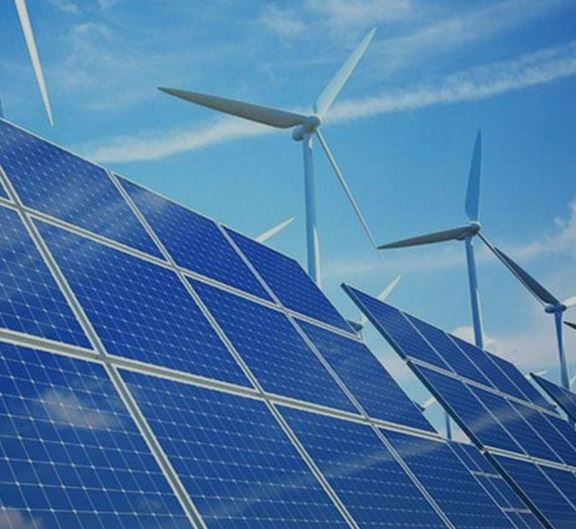
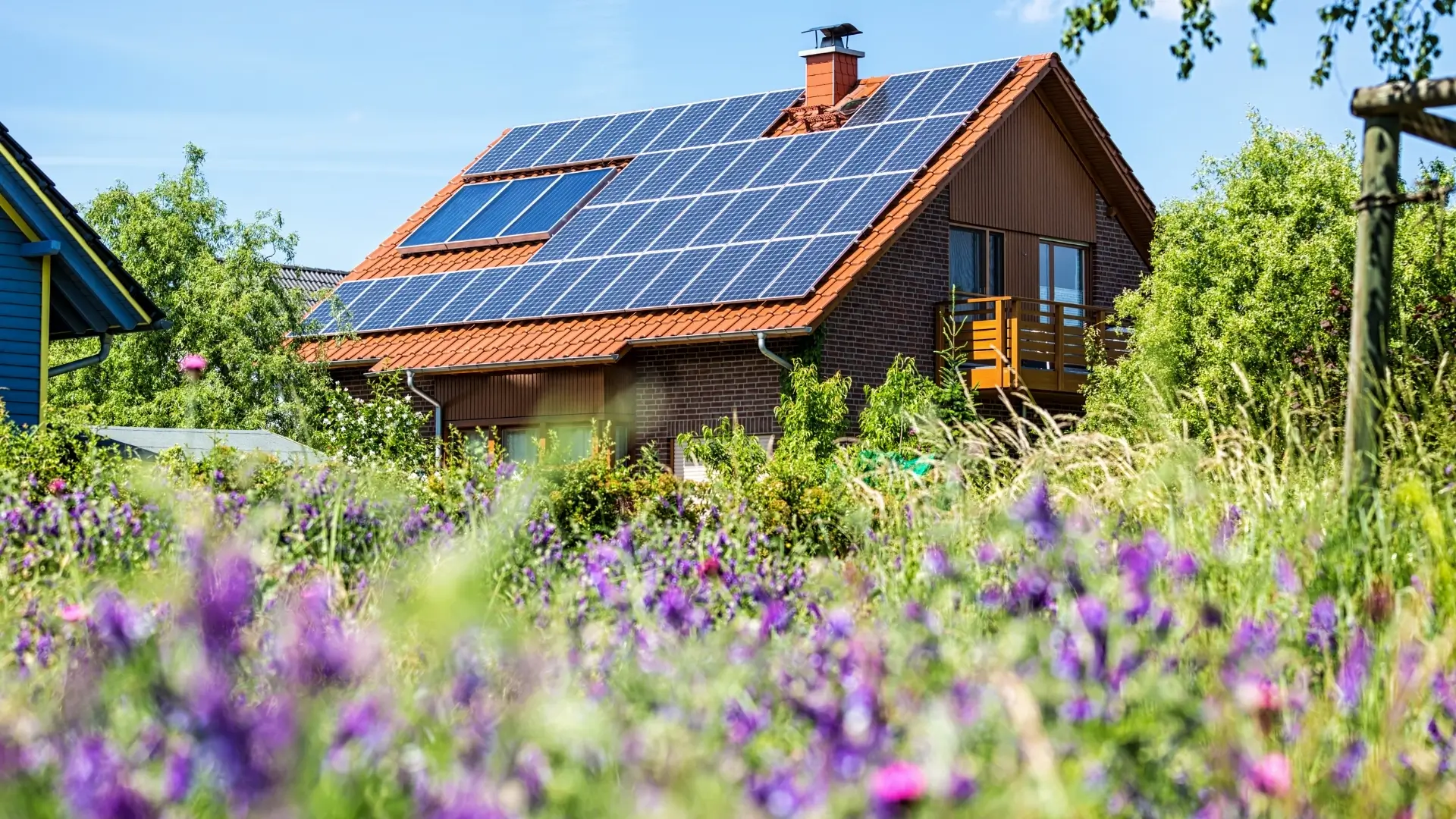
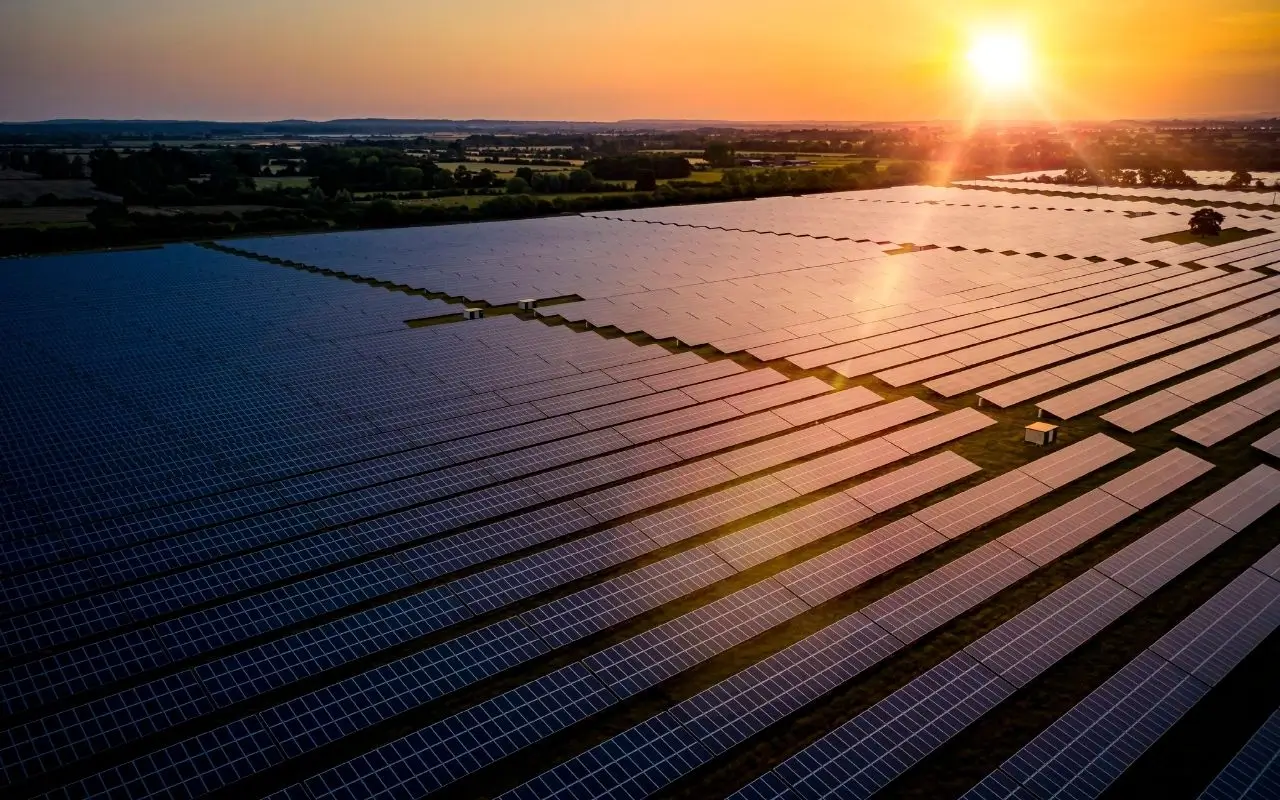
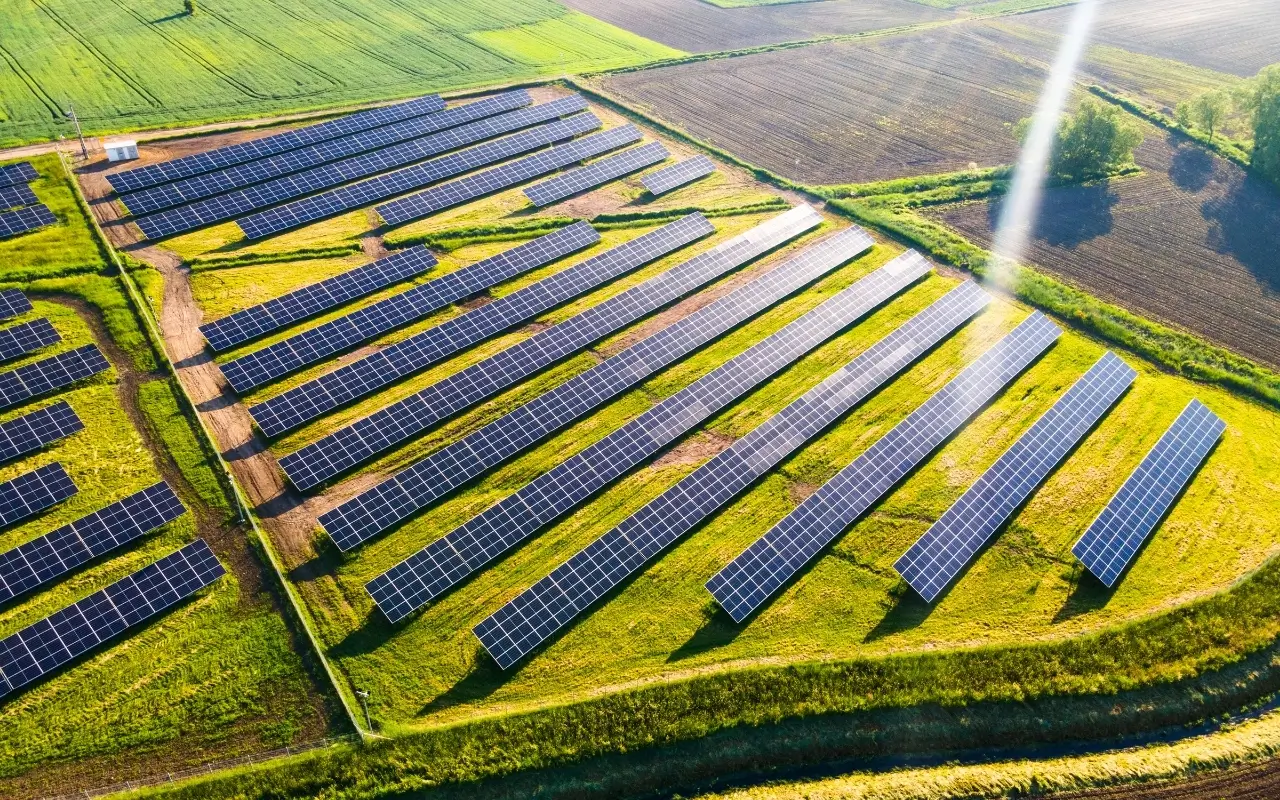
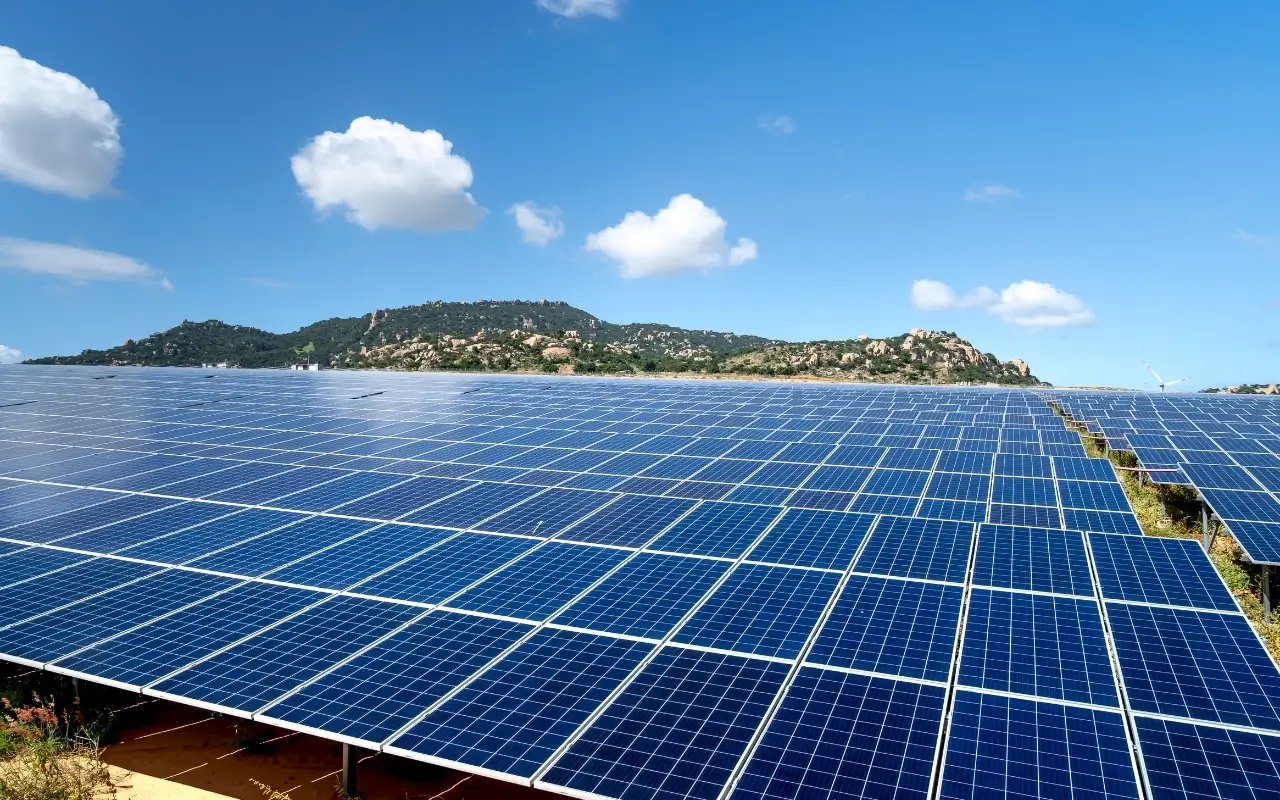
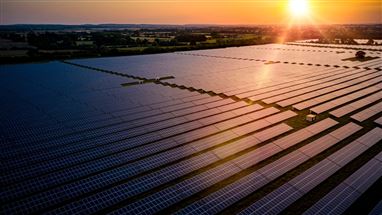
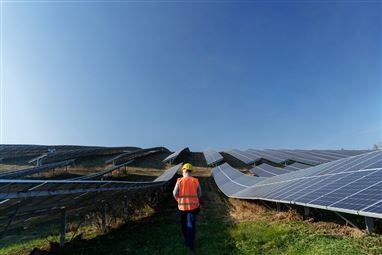
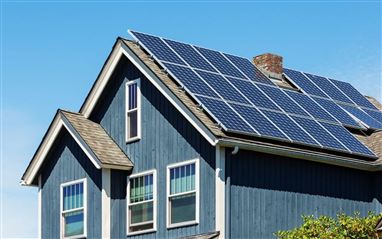

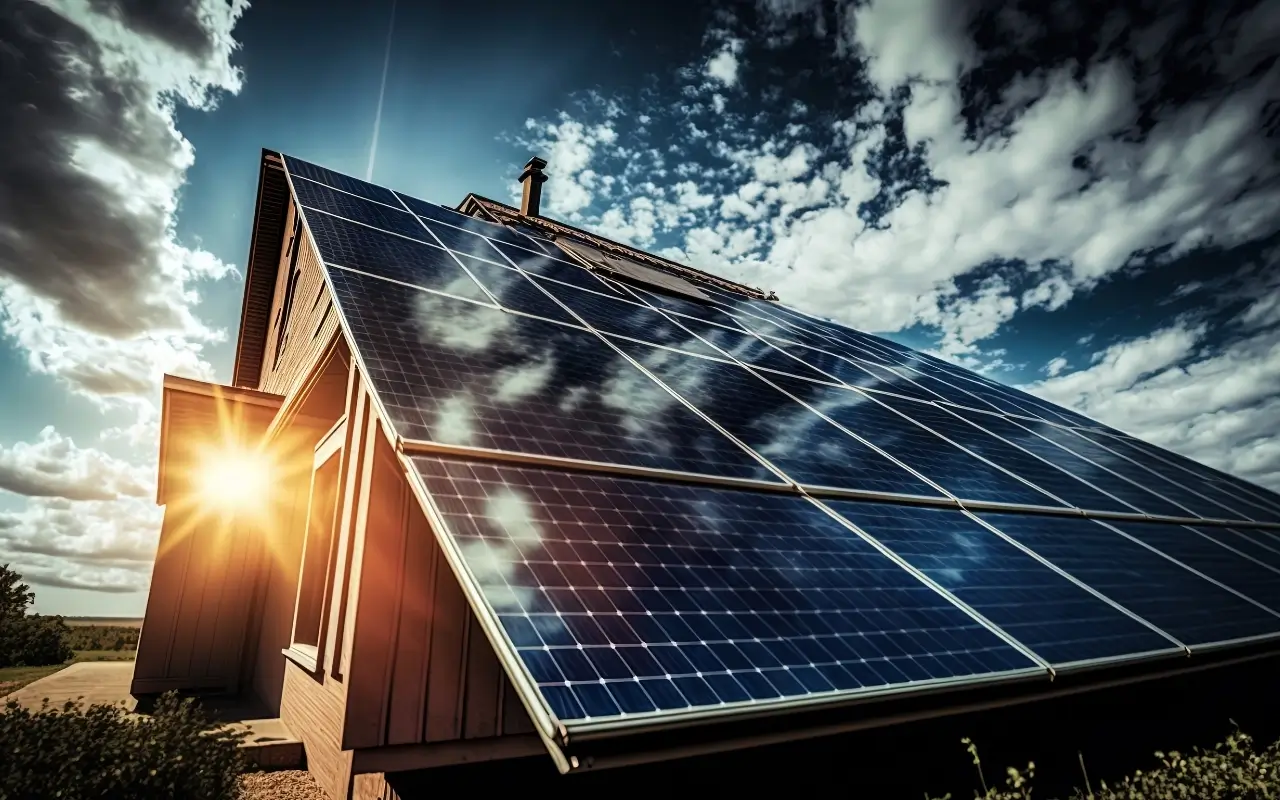
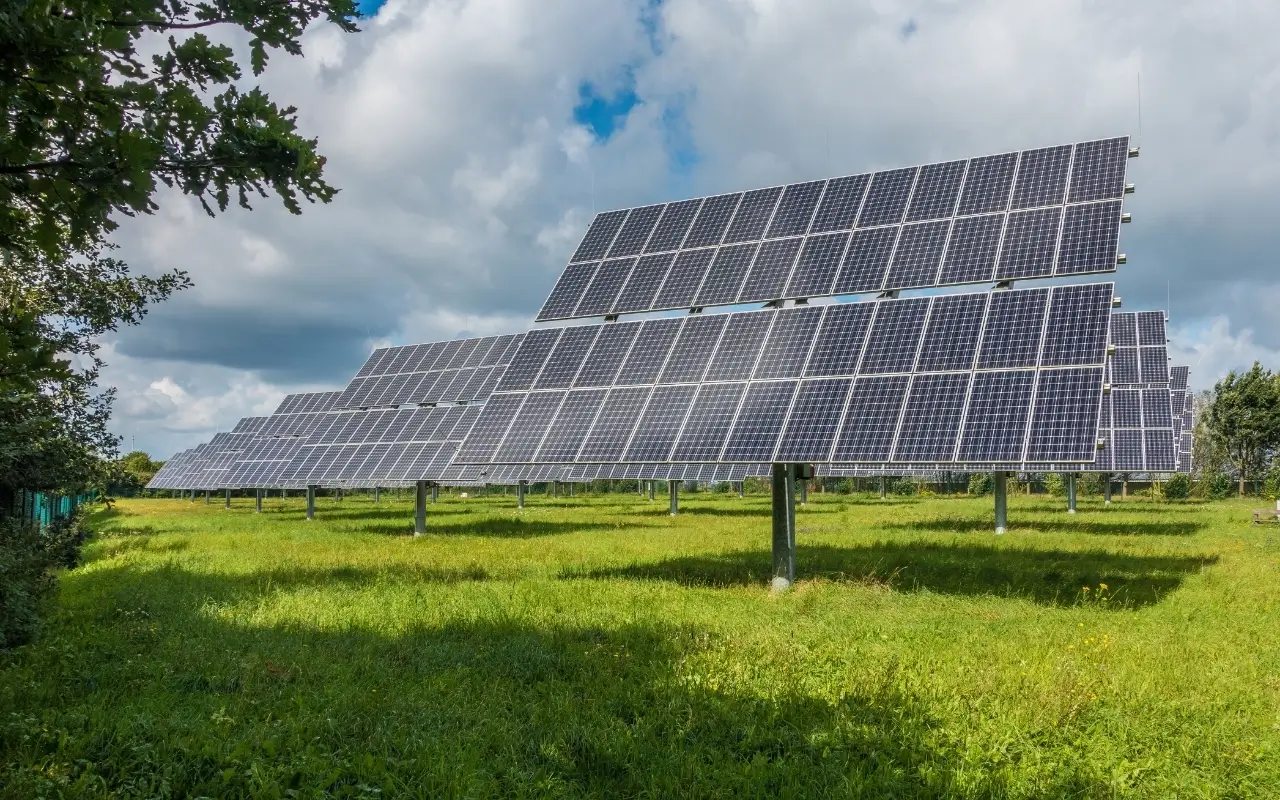
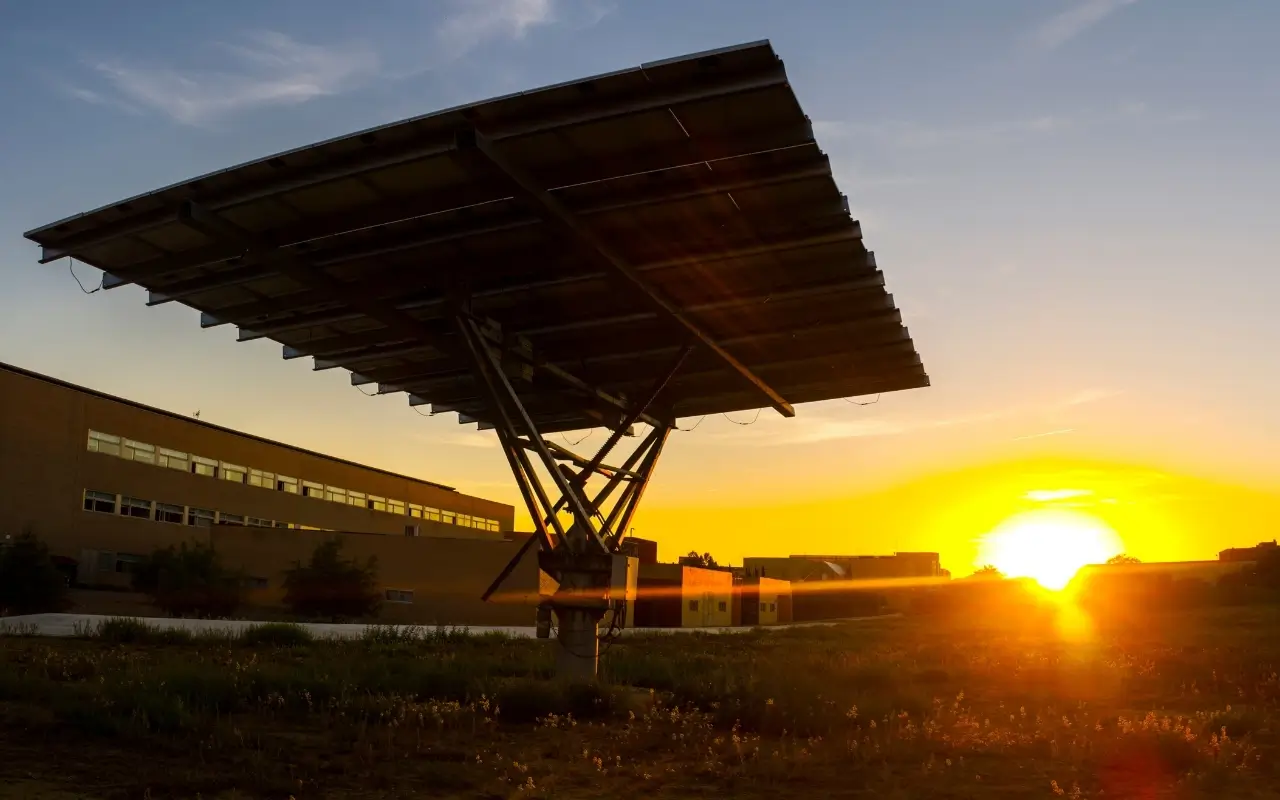
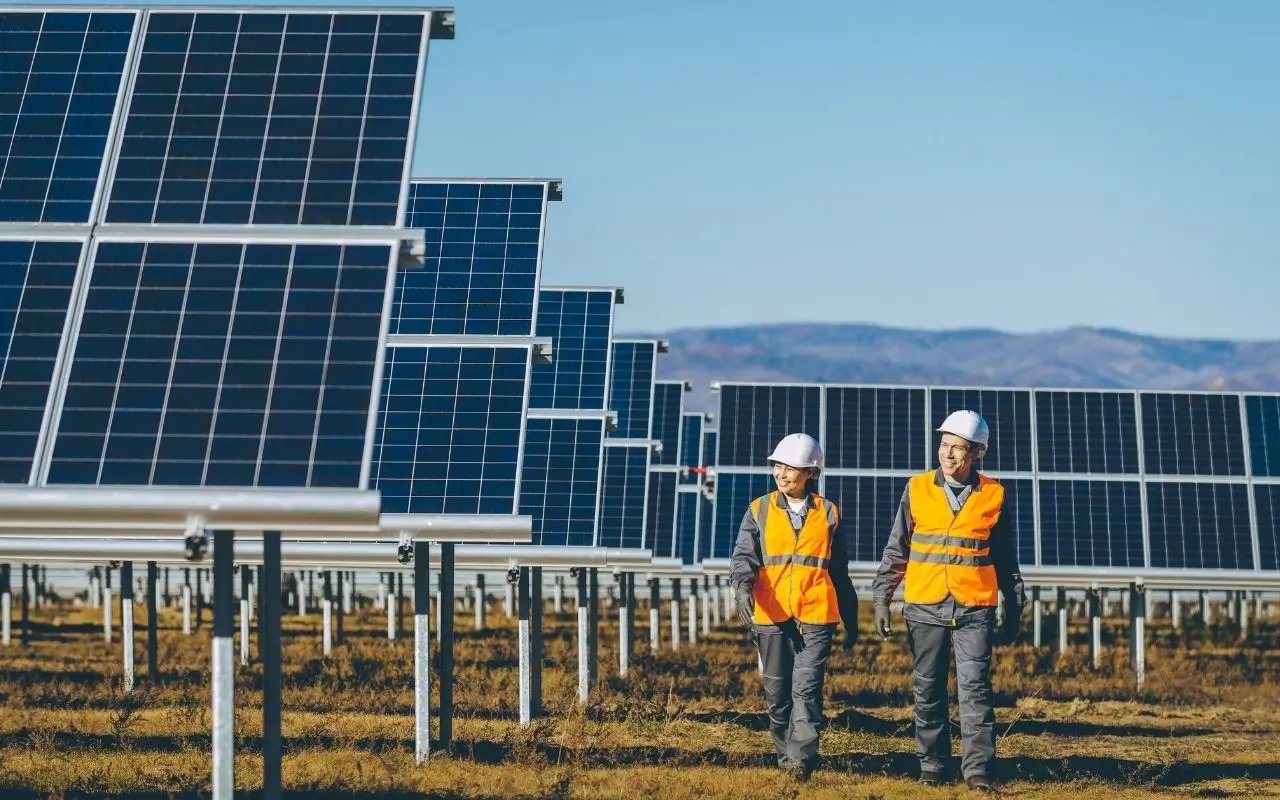
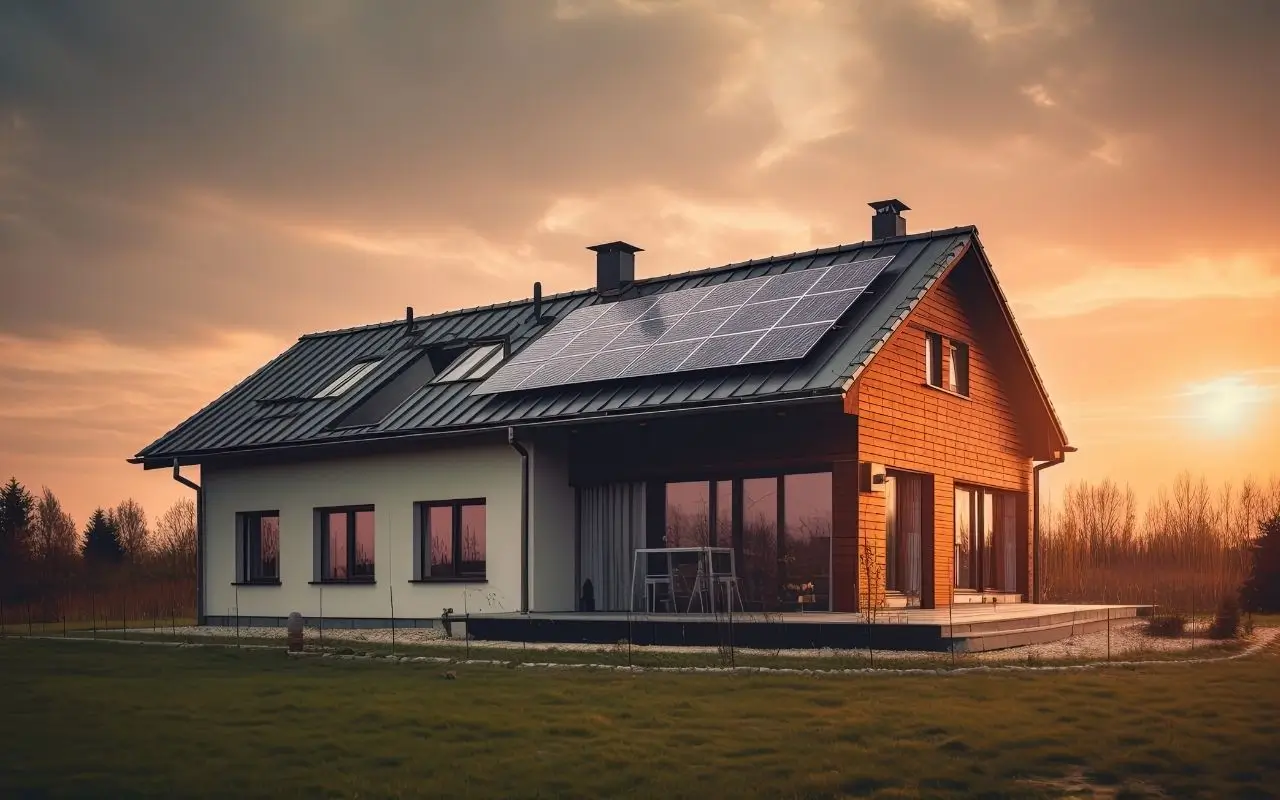
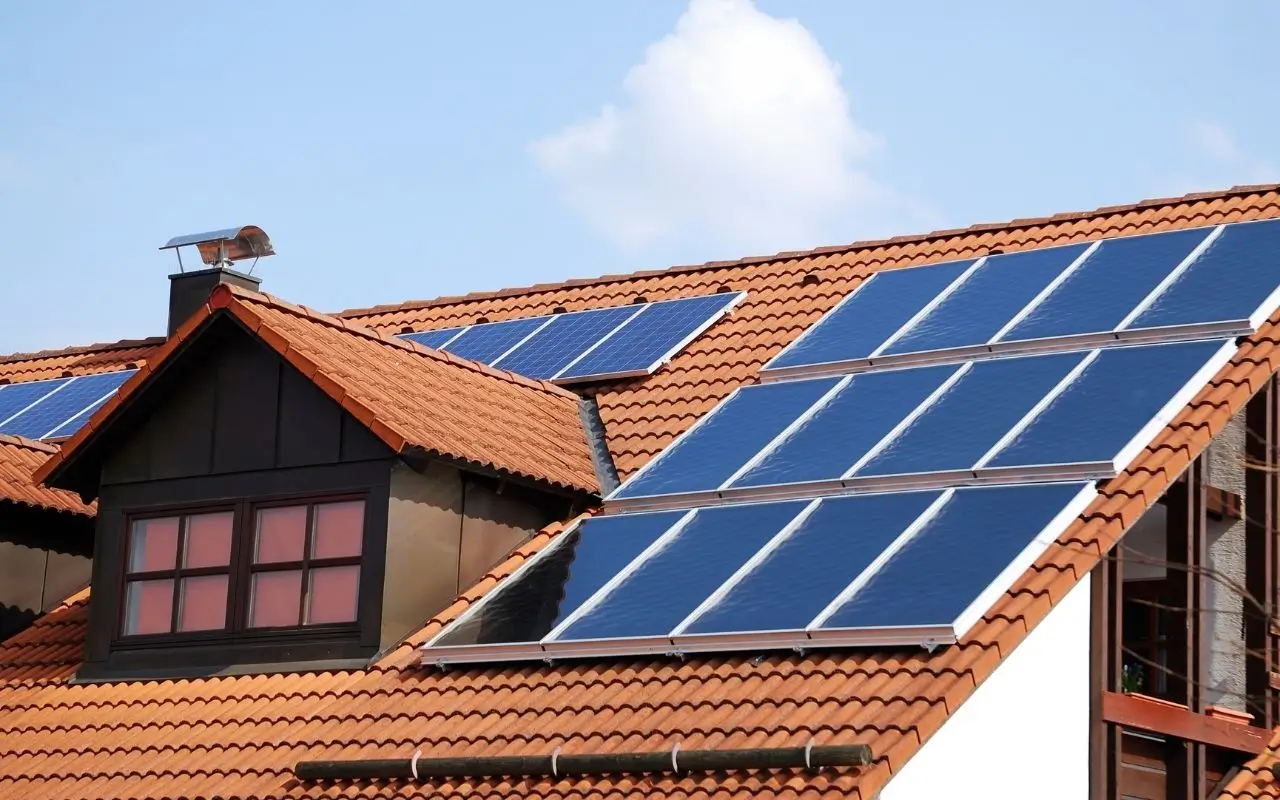
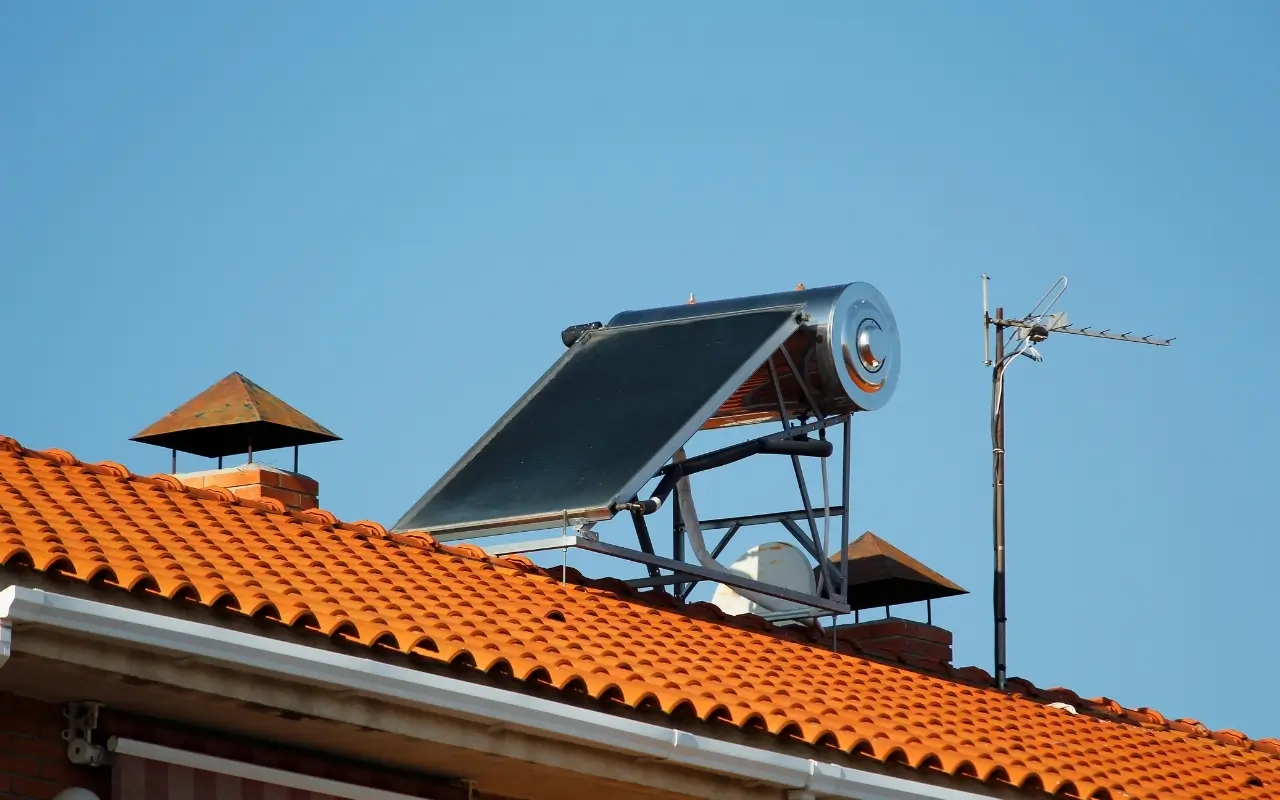
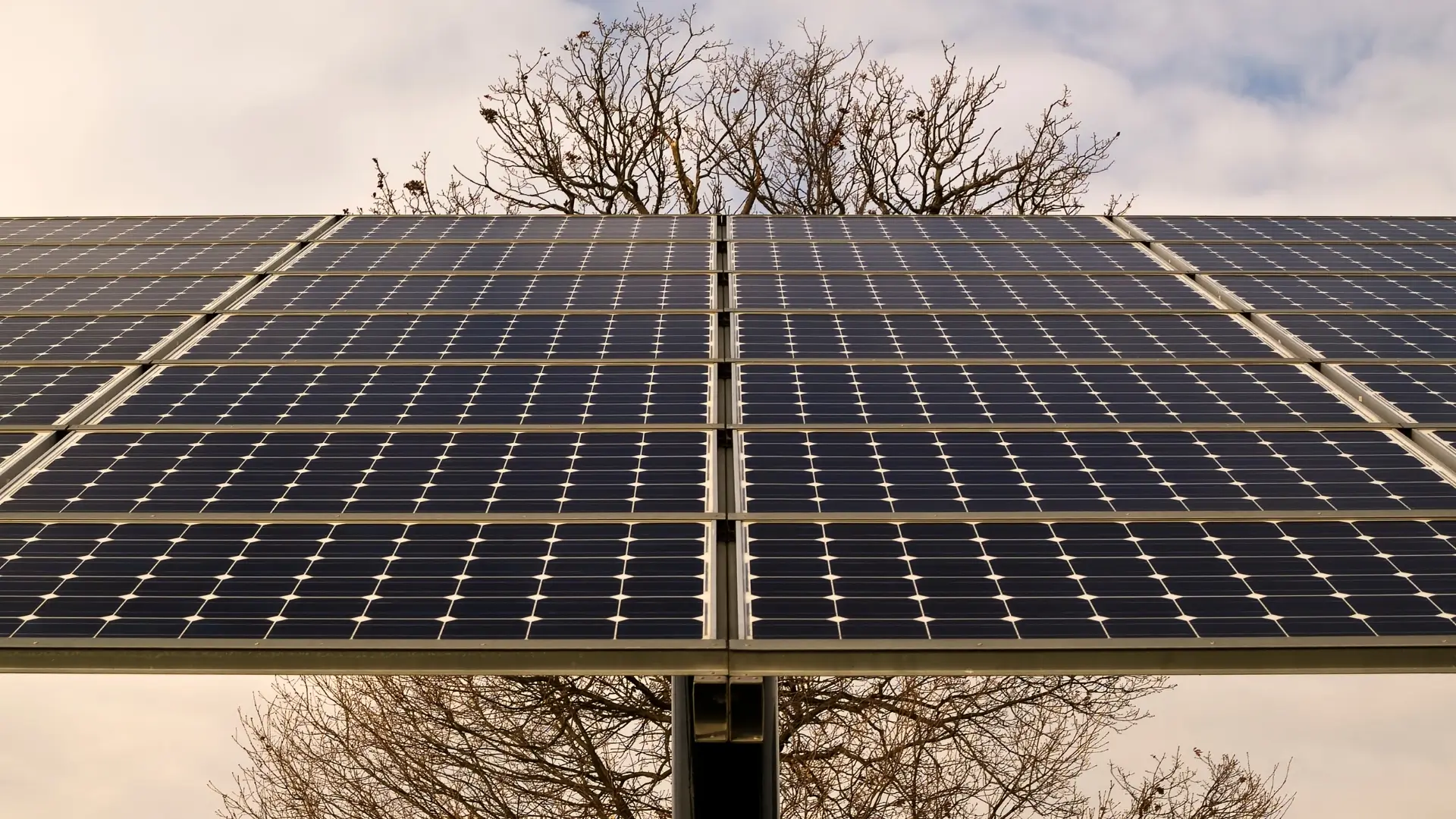
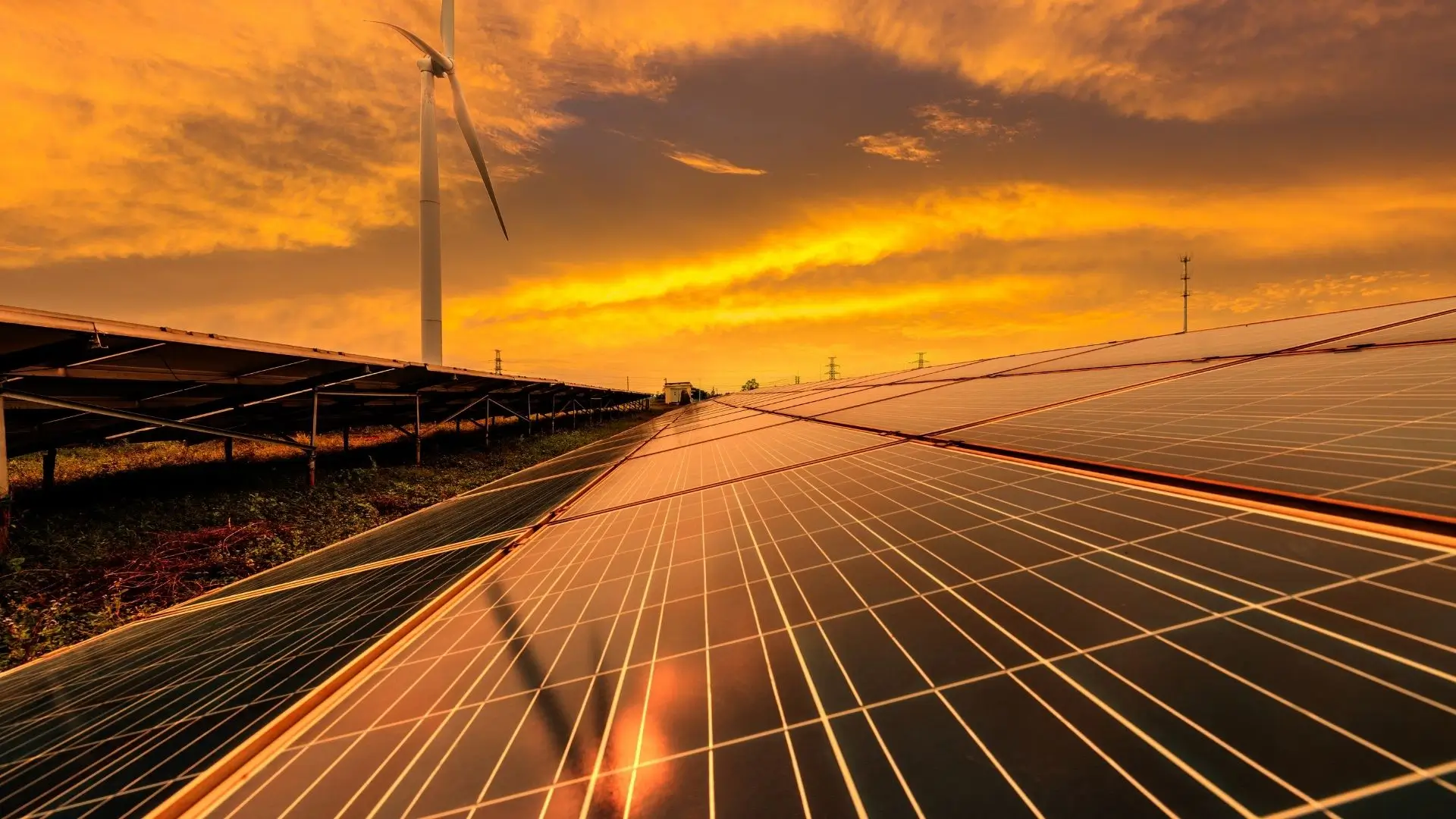
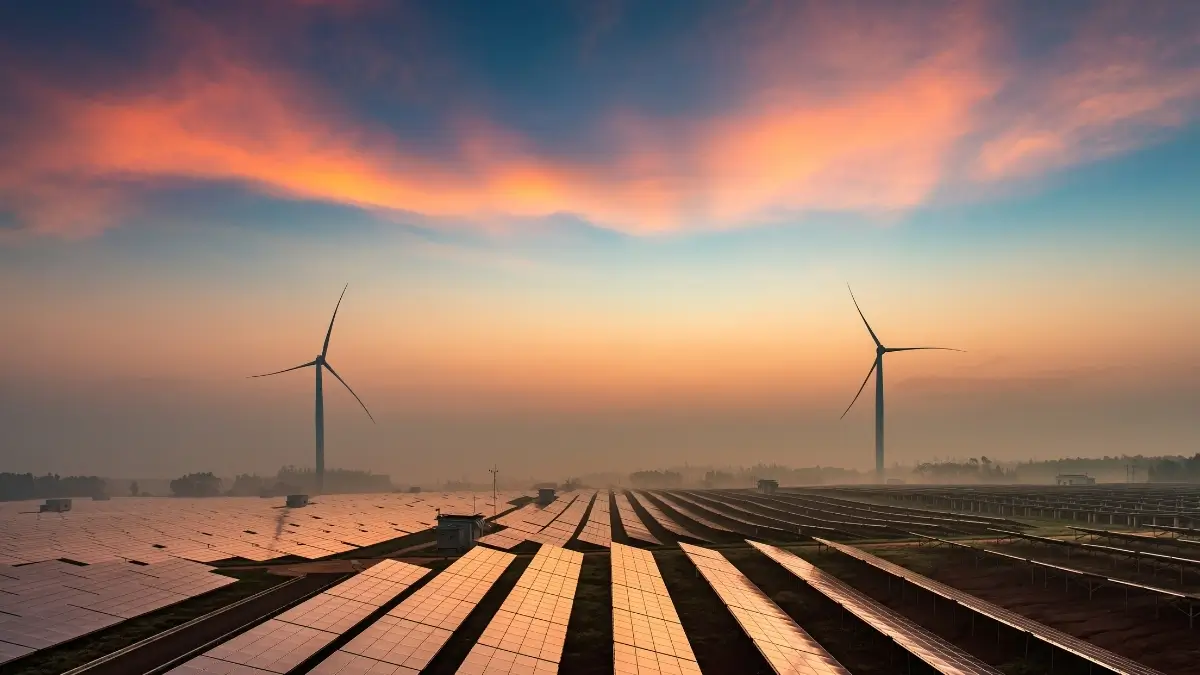
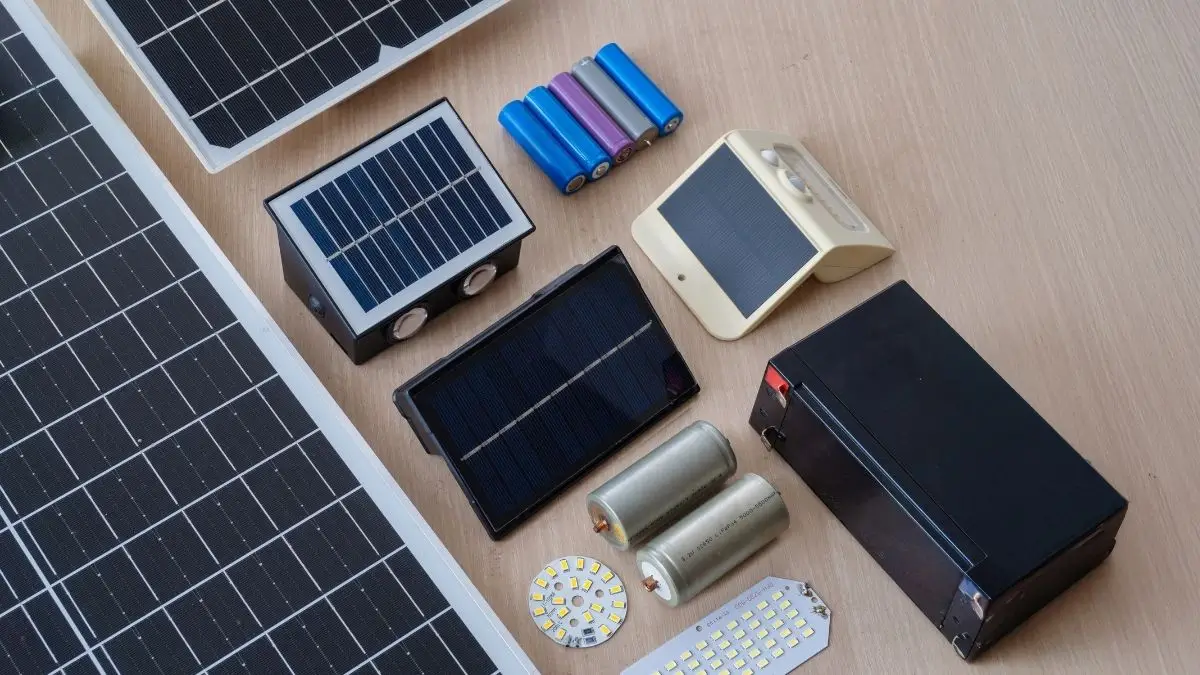
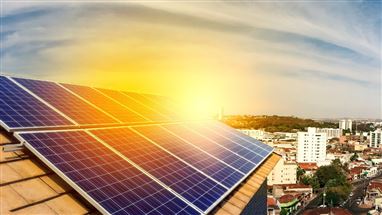
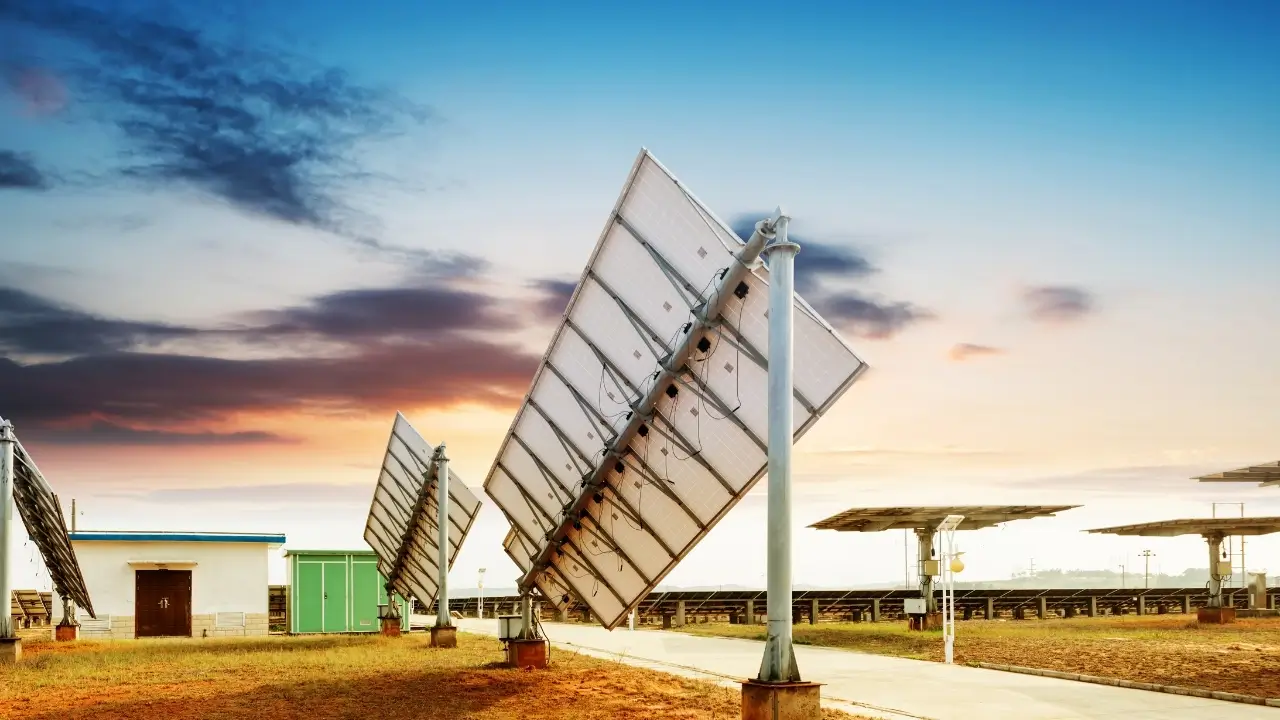
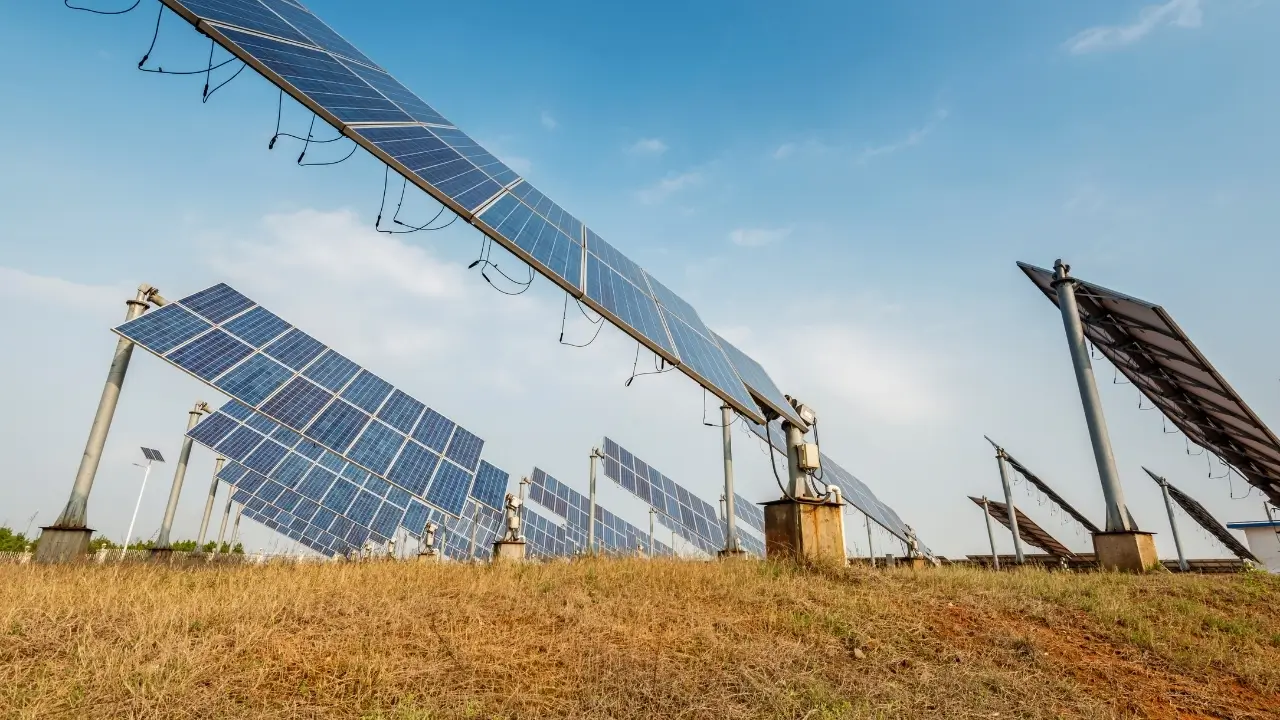

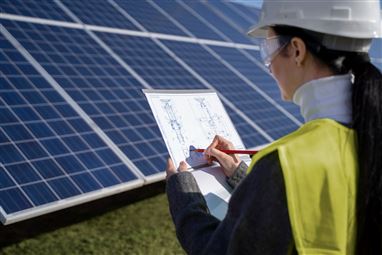


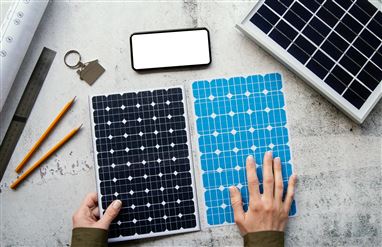
Do Comment